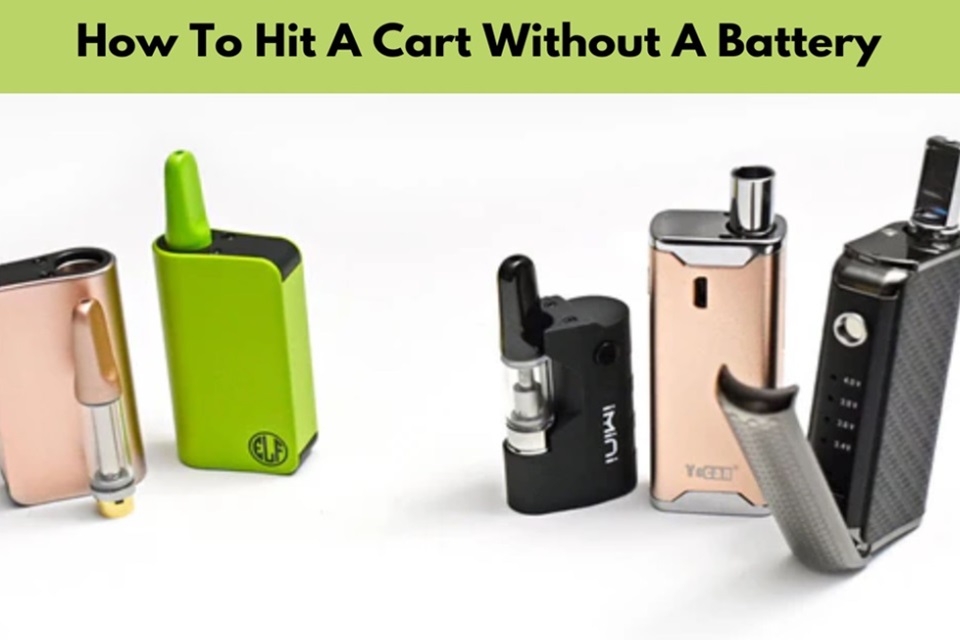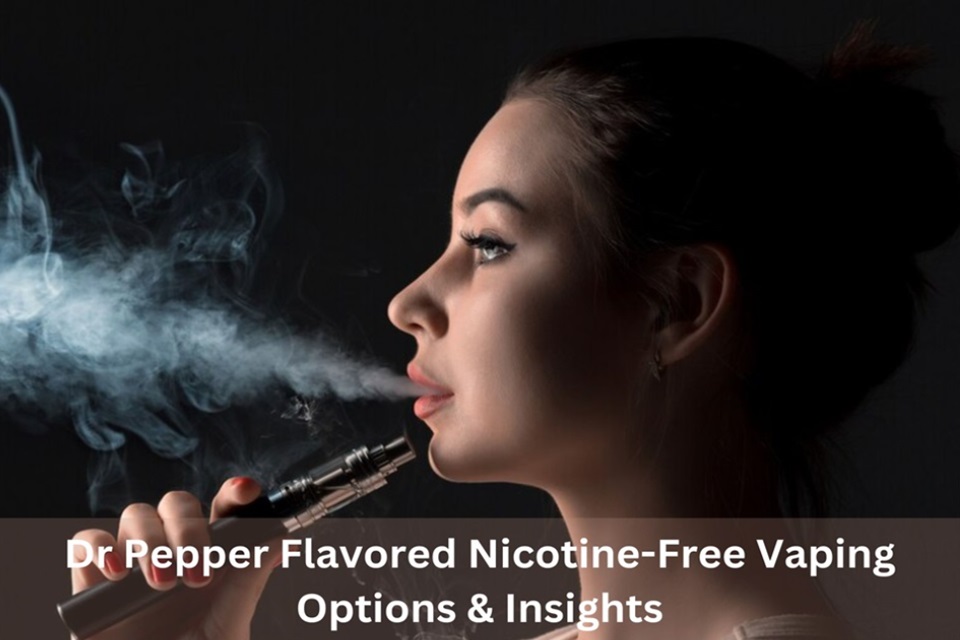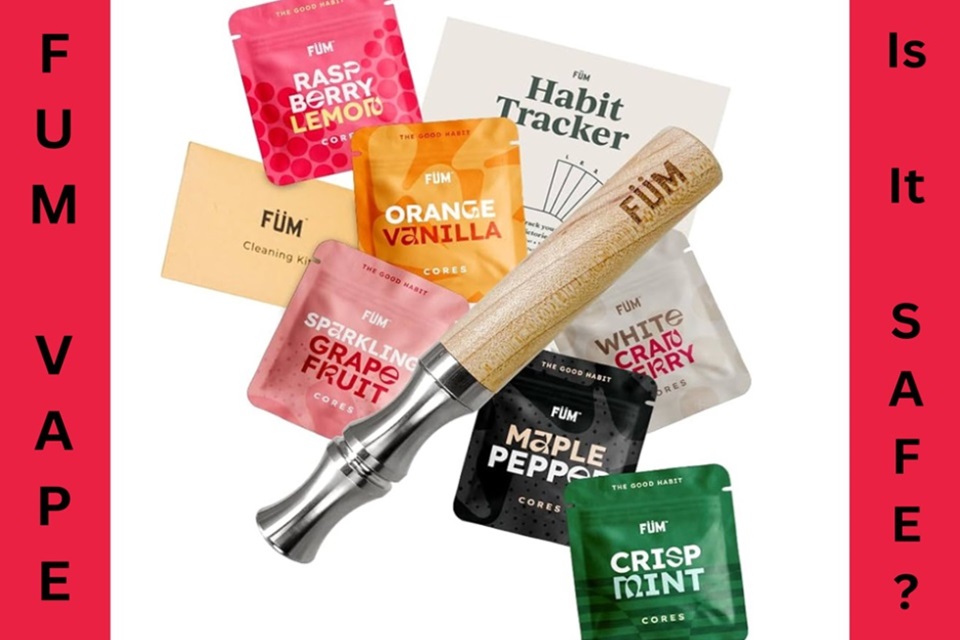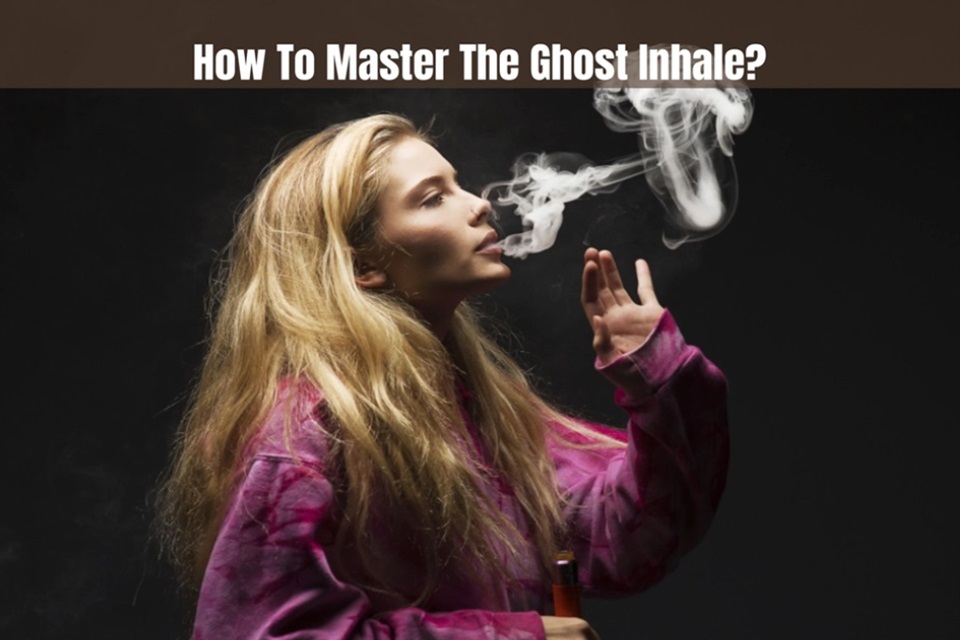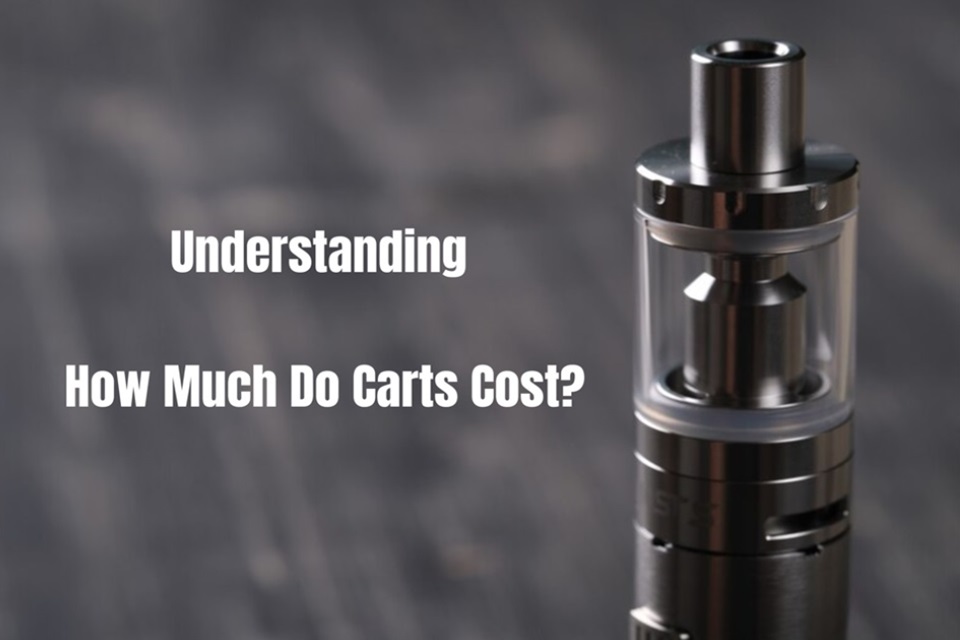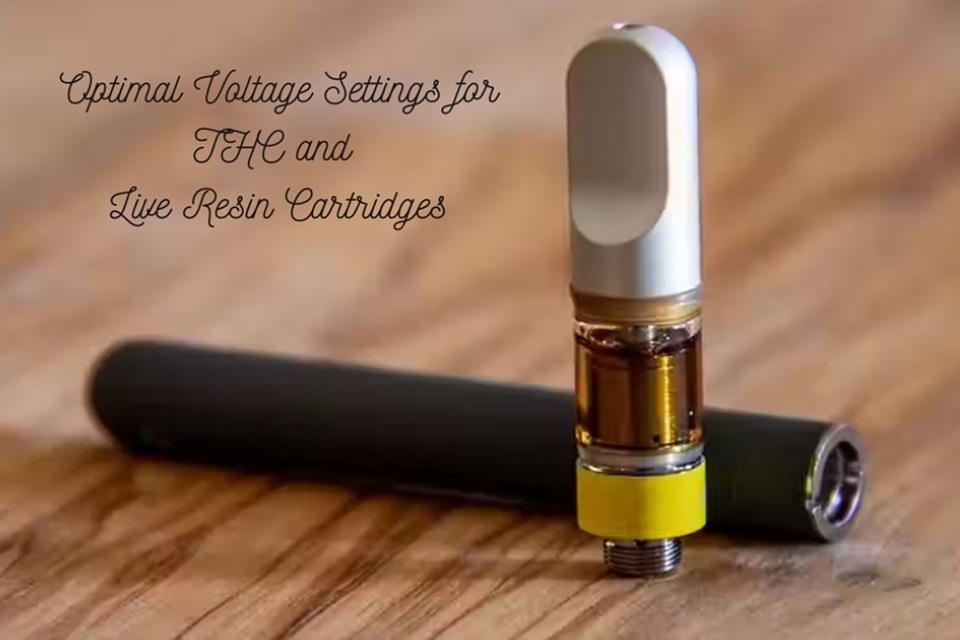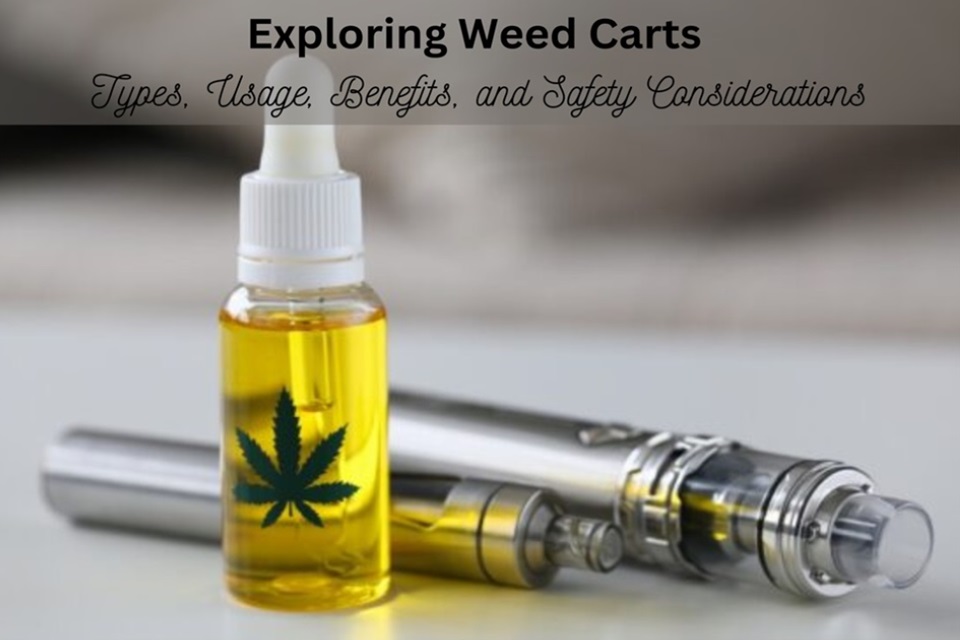A Comprehensive Guide To Hitting A Cart Without A Battery: Tips & Tricks
In the vaping community, running out of battery power is a common hiccup. Whether you’ve misplaced your charger or your battery has unexpectedly died, knowing how to hit a vape cart without a battery can be a lifesaver. This guide provides an in-depth look at various methods you can use, ensuring you can still enjoy your vaping experience without a functioning battery. We’ll explore safe and effective techniques, offering tips and tricks along the way.
Alternative Power Sources
Using An iPhone Charger Cord
One effective method is to use an iPhone charger cord. Though this technique is slightly more complex due to the sturdier construction of Apple cables, it’s still manageable with some effort. Here’s how you can do it:
- Prepare the Cord: Start by cutting off the end of the iPhone charger that connects to the phone. You’ll need a pair of scissors or a sharp knife for this task.
- Strip the Insulation: Carefully strip away the rubber insulation to reveal the wires inside. Apple cables are more robust, so this step might take a bit longer.
- Identify and Separate the Wires: Inside, you’ll find multiple wires. Focus on the red and black ones, which are crucial for this method. The other wires can be set aside.
- Expose the Copper: Strip a small portion of the red and black wires to expose the copper underneath. This step is essential for making the electrical connection.
- Make the Connection: Insert the black wire into the small hole at the bottom of the cart. Then, touch the red wire to the metal exterior of the cart.
- Power Up and Inhale: Connect the charger’s USB end to a power source, such as a laptop or USB wall adapter, and gently inhale as the cart heats up.
Using A Car USB Charger
If you have access to a car USB charger, it can be a convenient solution, especially when you’re on the go. Here’s how to utilize it:
- Prepare the USB Cord: Like the iPhone charger method, start by cutting and stripping the USB cord to expose the internal wires.
- Identify the Wires: Focus on the red and black wires, which will be used to power the cart.
- Make the Connection: Insert the black wire into the bottom hole of the cart and touch the red wire to the cart’s exterior.
- Power Source: Plug the USB end into the car USB charger port. Ensure the car is turned on to provide power to the USB port.
- Inhale: Once everything is connected, inhale as the cart heats up.
Alternative Heating Methods
Using A Lighter
While using a lighter is generally not recommended due to safety concerns, it can work in a pinch. This method should be used with extreme caution to avoid burns and inhaling harmful substances. Here’s the process:
- Prepare the Lighter: Use a standard lighter, ensuring it’s in good working condition.
- Gently Heat the Cart: Carefully hold the lighter flame near the bottom of the cart. Avoid direct contact to prevent damage.
- Inhale: As the bottom of the cart warms up, take gentle puffs. Be cautious not to overheat the cart, as this can lead to unpleasant results.
Using A Wall Charger
Wall chargers provide a stronger current, making this method riskier. It’s advisable to avoid this technique due to the potential for damage and injury. However, if you choose to proceed, here are the steps:
- Prepare the Charger: Cut and strip the wall charger cable to expose the wires inside.
- Identify the Wires: Focus on the red and black wires for the electrical connection.
- Make the Connection: Insert the black wire into the bottom hole of the cart and touch the red wire to the exterior.
- Power Source: Plug the charger into the wall socket. Exercise extreme caution, as the current is stronger than USB sources.
- Inhale: Inhale gently as the cart heats up, being mindful of the increased power.
Safety Precautions
When using any of these methods, safety should be your top priority. Here are some essential tips to ensure a safe experience:
- Avoid Direct Contact: Always handle wires with care and avoid direct skin contact to prevent electric shocks.
- Monitor Heat Levels: Be mindful of the heat levels to avoid burns or damage to the cart.
- Use in Well-Ventilated Areas: Ensure you are in a well-ventilated area to avoid inhaling any harmful fumes.
- Check Equipment: Regularly inspect your equipment for any signs of wear and tear that could pose a risk.
Final Words
Running out of battery power doesn’t have to disrupt your vaping experience. With these alternative methods, you can continue to enjoy your cart even without a functioning battery. Whether you opt for using an iPhone charger cord, a car USB charger, a lighter, or even a wall charger, always prioritize safety. By following these tips and tricks, you’ll be well-equipped to handle any battery-related issues that come your way.
FAQs
Is it safe to use a wall charger to hit a cart?
Using a wall charger is risky due to the higher current it provides. It can cause damage and injury, so it’s best to avoid this method if possible.
Can I use any type of USB charger for this purpose?
Yes, you can use various types of USB chargers, including those for phones and cars. Just ensure you correctly identify and connect the red and black wires.
What should I do if I accidentally inhale harmful fumes?
Move to a well-ventilated area immediately and seek medical attention if you experience any adverse effects.
Are there safer alternatives to hitting a cart without a battery?
Yes, purchasing a backup battery or a portable charger can provide a safer and more reliable solution for future use.
Continue reading
